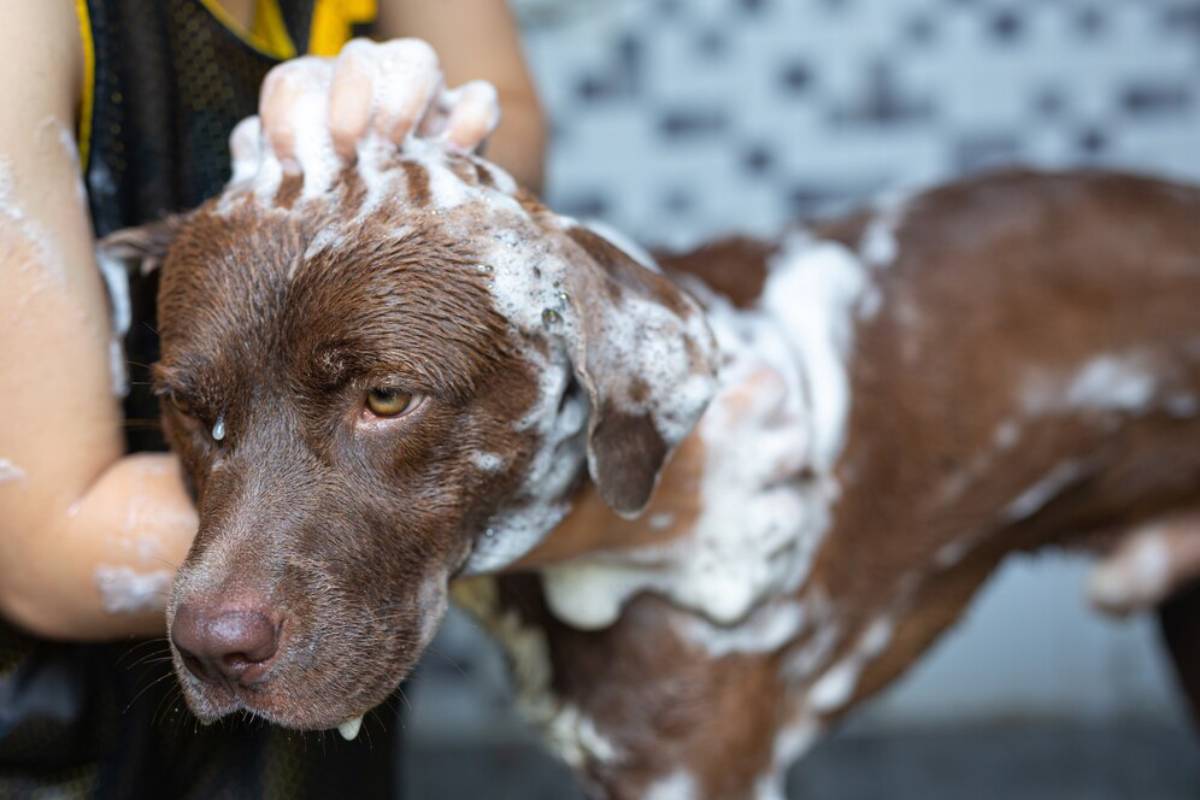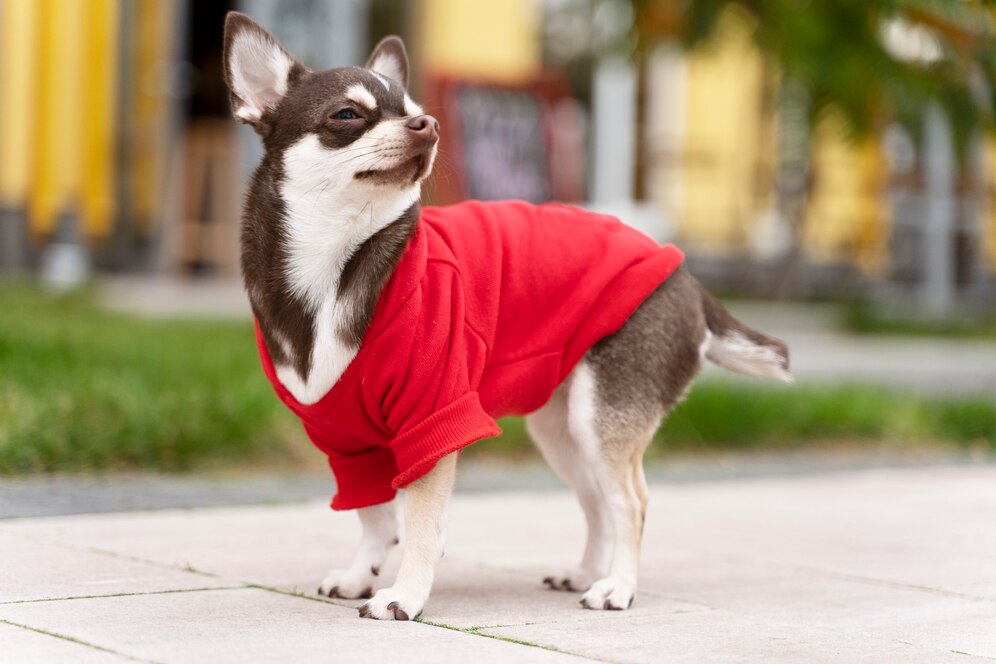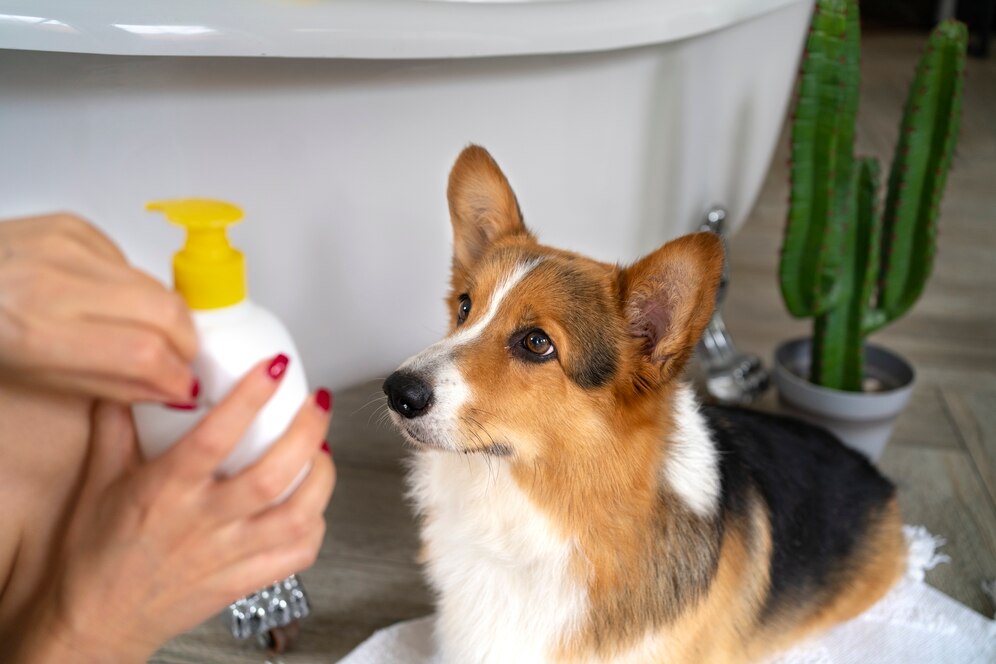
Choosing the Right Shampoo for Your Pet’s Coat Type
Bath time may not be every pet’s favourite activity, but it plays a big part in keeping them healthy and comfortable. Whether your furry friend has long locks, short fur, or a thick double coat, using the right shampoo makes all the difference.
A good pet shampoo guide considers more than just scent—it looks at your pet’s skin, coat type, and specific needs. With so many grooming products on the market, finding the right one can feel overwhelming. But don’t worry—we’re here to help!
In this post, we’ll break down the types of coats pets have, common skin issues, and which shampoos support good pet hygiene while keeping your pet’s coat looking its best.
Why Shampoo Choice Matters
Not all shampoos are created equal. Human shampoos, for example, can upset your pet’s skin pH, leaving it dry or irritated. Choosing the right pet-specific formula helps:
- Clean dirt and debris without stripping natural oils
- Soothe sensitive skin or allergies
- Reduce shedding and mats
- Enhance shine and softness
- Prevent itching, dryness, or infections
The first step? Know your pet’s coat type.
Identifying Your Pet’s Coat Type
Your pet’s coat determines how often they need grooming—and what kind of shampoo will work best.

1. Short Coat
Examples: Boxers, Beagles, Dalmatians, and most domestic short-haired cats, unlike long-haired cats
- Lies flat against the skin
- Low maintenance, but still sheds
- Needs gentle cleansing to maintain shine
2. Long Coat
Examples: Afghan Hounds, Maltese, Persians
- Requires regular brushing to prevent tangles
- Prone to mats and buildup at the roots
- Needs moisturising and detangling support
3. Double Coat
Examples: Golden Retrievers, Huskies, Maine Coons
- Has a soft undercoat and a coarser topcoat
- Sheds seasonally (often heavily)
- Needs deep cleaning and de-shedding support
4. Curly or Wavy Coat
Examples: Poodles, Bichon Frises, some mixed breeds
- Dense and prone to tangling
- Doesn’t shed much but needs frequent grooming
- Needs conditioning and gentle detangling
5. Hairless or Very Fine Coat
Examples: Sphynx cats, Chinese Crested dogs
- Lacks a protective fur barrier
- Skin can become oily or dry easily
- Needs mild, moisturising, and pH-balanced formulas
Matching Shampoo to Coat and Skin Needs
Here’s your go-to pet shampoo guide for different coat types and skin concerns.
For Short Coats
Choose: Gentle cleansing shampoo Look for:
- Mild ingredients
- Deodorising formulas if needed
- Added moisturisers like aloe vera or oatmeal
For Long Coats
Choose: Moisturising and detangling shampoo Look for:
- Conditioning formulas with silk proteins or coconut oil
- Low-lather options for easy rinsing
- Follow with a detangling conditioner or spray
For Double Coats
Choose: De-shedding and deep-cleansing shampoo Look for:
- Shampoos that reach the undercoat
- Formulas with omega fatty acids or vitamin E
- Avoid heavy conditioners that can weigh down fur
For Curly Coats
Choose: Hydrating and conditioning shampoo Look for:
- Coconut or argan oil to lock in moisture
- Anti-tangle and anti-frizz ingredients
- A matching conditioner is often a must
For Hairless or Sensitive Skin
Choose: Mild, hypoallergenic shampoo Look for:
- Fragrance-free or natural scents
- pH-balanced for pets
- Moisturising oils like jojoba or calendula

Special-Use Shampoos for Common Pet Problems
Sometimes, regular shampoo isn’t enough. If your pet has a skin issue, you may need something more targeted.
Medicated Shampoos
Used for: Itchy skin, infections, seborrhea, or hot spots Contain: Chlorhexidine, ketoconazole, or salicylic acid Vet-recommended only—don’t use unless advised
Anti-Parasitic Shampoos
Used for: Flea infestations or tick exposure Often paired with spot-on treatments or oral medication Check labels to ensure safety, especially for cats
Anti-allergy or Oatmeal Shampoos
Used for: Dry, itchy, or allergy-prone skin Contain: Colloidal oatmeal, aloe, or chamomile Soothes inflammation and hydrates skin
Whitening or Colour-Enhancing Shampoos
Used for: White, black, or golden-coated breeds Brightens coat naturally without bleach Good for show pets or those with dull coats
Tips for Safe and Effective Bathing
Bath time can be a bonding moment—or a messy one. These tips help make the process smoother.
Before you bathe:
- Brush out tangles to prevent matting
- Gather your supplies (towel, shampoo, brush, treats)
- Use a non-slip mat in the tub or sink
During the bath:
- Wet coat thoroughly with lukewarm water
- Use a small amount of shampoo and massage gently
- Avoid eyes, ears, and nose
- Rinse thoroughly—residue can irritate skin
- Apply conditioner if needed and rinse again
After the bath:
- Towel dry first, then use a pet-safe dryer on low heat (if tolerated)
- Brush again once dry to prevent tangles
- Reward with a treat to build positive associations
For cats, keep sessions short and calm—or consider dry shampoos if baths are too stressful.
Choosing Quality Grooming Products
Not all grooming products are equal. Some can contain harsh chemicals, artificial dyes, or strong fragrances that irritate sensitive skin.
What to look for:
- Natural or plant-based ingredients
- Clearly labelled formulas for your pet’s coat type
- Free from sulfates, parabens, and artificial fragrances
- Vet-approved or recommended by groomers
- Brand transparency and customer reviews
If your pet has allergies or skin conditions, always consult your vet before trying a new shampoo.
Maintaining Good Pet Hygiene Between Baths
Bathing isn’t the only part of pet hygiene. Daily and weekly care routines make a big difference too.
Daily/Weekly hygiene tips:
- Brush regularly based on coat type
- Wipe paws after walks, especially in muddy or salty conditions
- Clean ears with a pet-safe solution if needed
- Trim nails every few weeks
- Keep bedding and grooming tools clean
Good hygiene supports healthier skin, reduces shedding, and makes your home more pleasant too!
Final Thoughts: One Size Doesn’t Fit All
Choosing the right shampoo for your pet isn’t about picking the prettiest bottle or strongest scent—it’s about meeting your pet’s unique coat and skin needs. The right pet shampoo guide helps you choose products that promote shine, softness, comfort, and overall health.
By using high-quality grooming products and sticking to a consistent routine, you can support great pet hygiene and keep your dog or cat looking (and feeling) their best.
Because a clean pet is a happy pet—and a happy pet means a happier you!